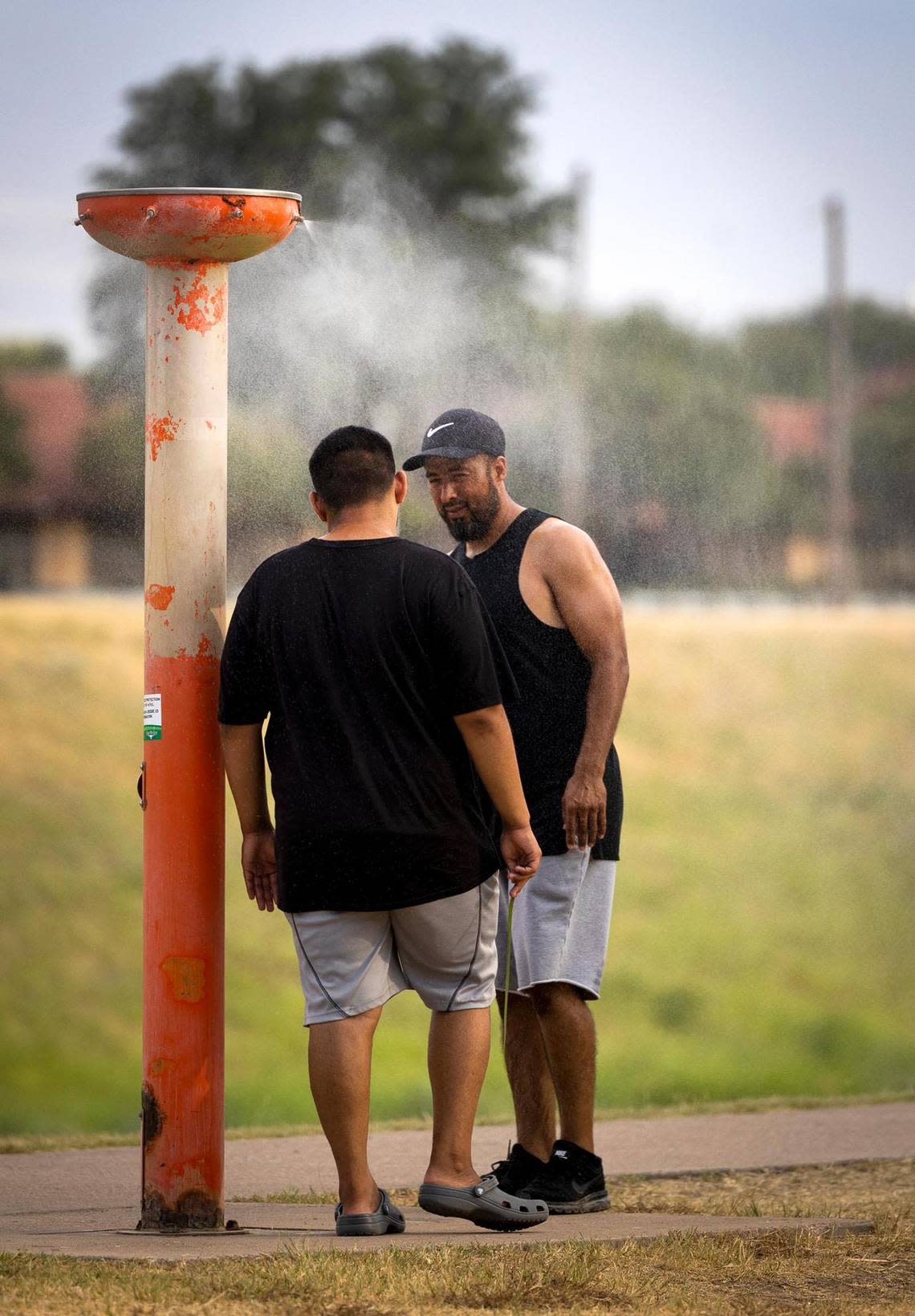Deadly summer: Tarrant County heat-related deaths reach highest total in a decade

At least 14 Tarrant County residents have died from extreme heat this summer, more than any other summer in the last decade for which data was recorded.
But the complete number of people who died from heat is almost certainly higher, according to experts interviewed by the Star-Telegram, because traditional methods of tallying deaths caused by heat typically only include deaths from heat stroke, during which the body’s core temperature rises to 104 degrees or higher.
“Probably the majority of deaths that occur due to extreme heat are likely not due to the strict definition of heatstroke,” said Dr. Sameed Khatana, a Philadelphia cardiologist who has studied extreme heat and health.
Instead, Khatana said, a large share of deaths caused by heart disease are on hot days, because hotter temperatures require the heart to pump blood more quickly to try and keep the body’s core temperature stable. For people with existing heart conditions, the heat can add strain to an already burdened heart.
Officially, the U.S. Centers for Disease Control and Prevention estimates that about 700 people die each year from heat-related causes. This methodology draws on death certificate data, meaning that the medical examiner, physician, or anyone else filling out the death certificate would have to specifically identify heat as a contributing factor on the death certificate.
“Government organizations like the CDC oftentimes just use what’s on the death paperwork itself,” Khatana said. “The physician or medical examiner may or may not have noted that the death occurred during or after a heat wave,” or they may not have taken the decedent’s core body temperature, which is typically needed to diagnose heat stroke, Khatana said.
But a growing body of research has found that there are excess deaths during and immediately after heat waves, meaning that more people than expected died .
Khatana, an assistant professor at the University of Pennsylvania’s medical school, compared excess deaths throughout the U.S. during and immediately after periods of extreme heat. Khatana’s research found that there were between 14,000 and 20,000 more deaths per year that happened during or immediately after extreme heat events, a figure significantly higher than the CDC’s estimate of 700 deaths per year, which uses a much stricter definition.
Between 2012 and 2019, Tarrant County Public Health reported just three heat-related summertime deaths in total. The reports were not produced in 2020 or 2021 “ due to prioritizing COVID-19 response efforts,” according to the health department’s website. Tarrant County Public Health uses death data from the Tarrant County Medical Examiner’s Office.




